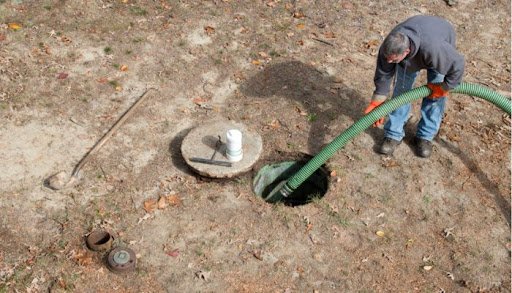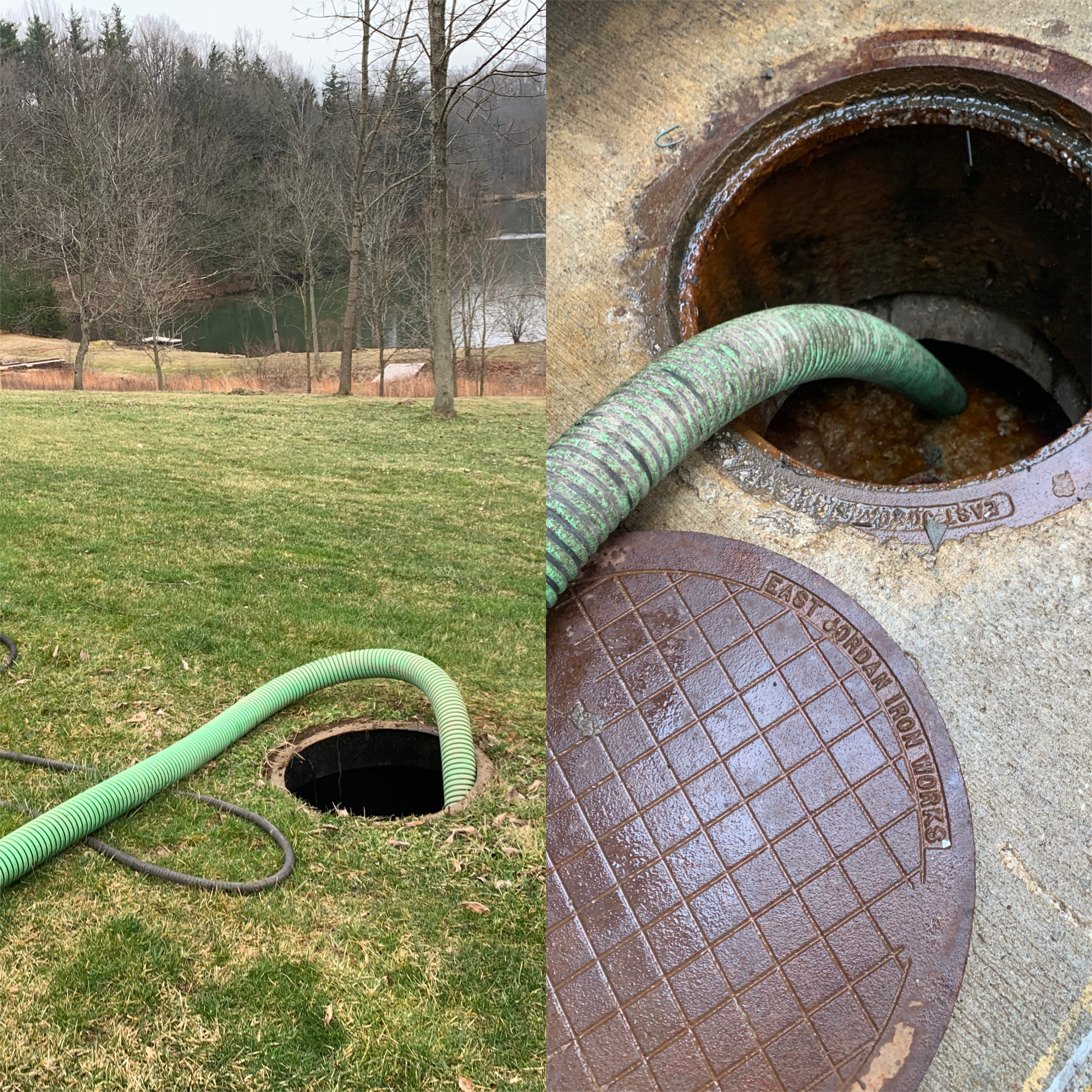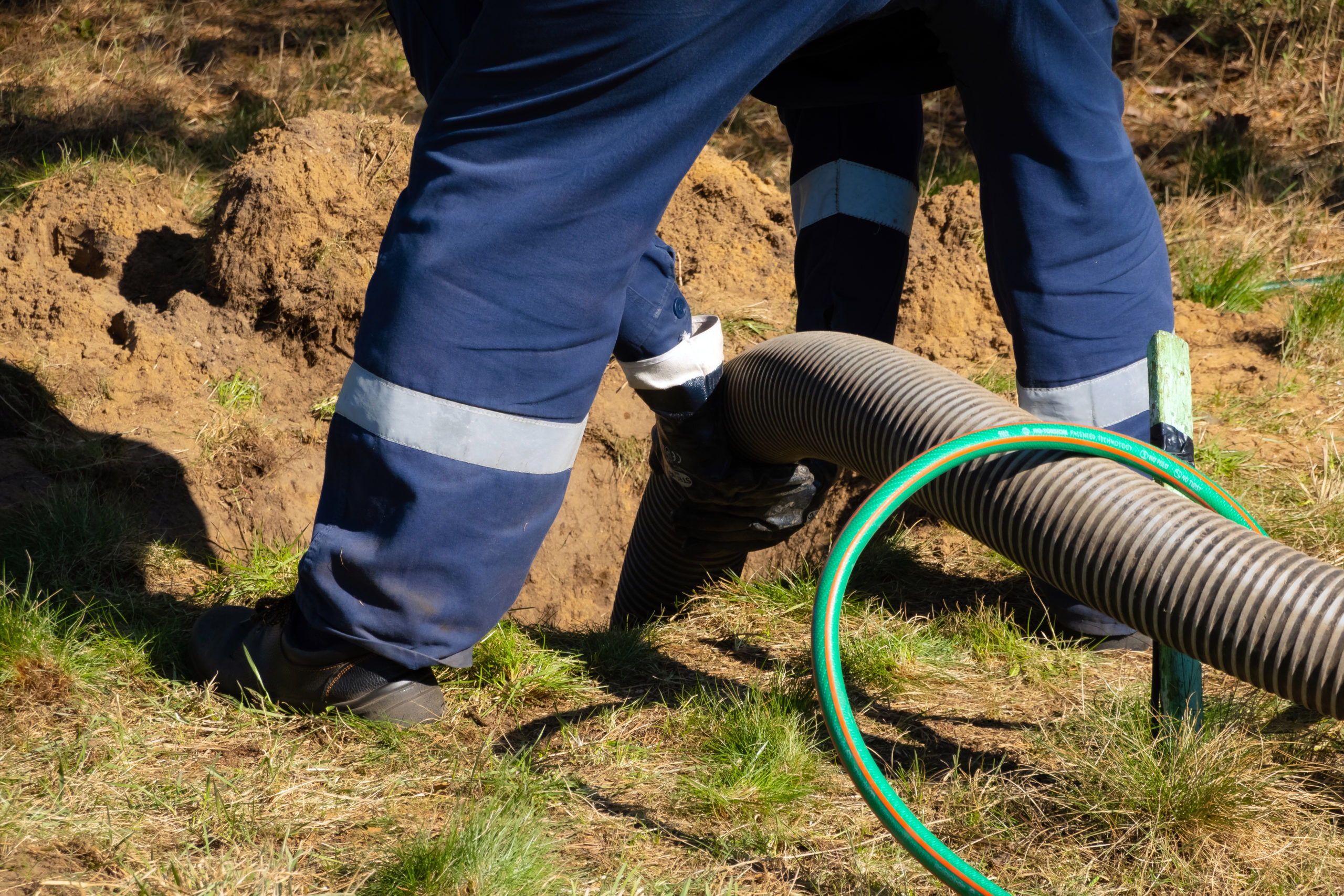10 Easy Facts About Stillwell Septic And Grading Explained
Table of ContentsStillwell Septic And Grading Can Be Fun For AnyoneThe Basic Principles Of Stillwell Septic And Grading 7 Easy Facts About Stillwell Septic And Grading ExplainedRumored Buzz on Stillwell Septic And GradingThe smart Trick of Stillwell Septic And Grading That Nobody is Talking AboutAbout Stillwell Septic And GradingFacts About Stillwell Septic And Grading Uncovered
Overall, septic system installation is a complicated process that needs mindful planning and implementation. Homeowners ought to collaborate with a trusted installation group and be conscious of regional regulations and demands to ensure that their septic tank works correctly for many years ahead. After the septic container has actually been set up and connected to the drainpipe area, it is time to backfill the area.The backfill material should be cost-free of clods, huge rocks, frozen matter, and particles that can result in gaps in the backfill that may allow clearing up over time. Crushed rock or pea gravel 1/2-inch in size is favored if indigenous products are not appropriate. Once the backfilling is total, it is time to landscape the location.
As soon as the septic tank has been set up, it is essential to examine it to make sure that it is working properly (Septic Service, Maintenance and Installation). https://pxhere.com/en/photographer-me/4208166. Examining the system includes checking for leaks, ensuring that the storage tank goes to the appropriate level, and checking out the drain field. Among the most usual tests executed is the hydraulic load test
The Only Guide to Stillwell Septic And Grading
The water is after that checked to make sure that it moves properly through the pipes and right into the drainpipe field. If the water does not move appropriately or supports right into the tank, it may suggest an issue with the system. Another test that is generally done is the color examination.
The dye is then monitored to make sure that it streams appropriately through the pipelines and right into the drainpipe area. If the color does not stream properly or shows up in the wrong place, it may show a trouble with the system. It is vital to have a specialist execute these examinations to ensure that they are done correctly.

Getting My Stillwell Septic And Grading To Work
Below are some essential pointers for property owners to maintain their septic tank: The typical home septic tank should be inspected at the very least every 3 years by a septic solution expert. The frequency of pumping relies on the dimension of the storage tank and the variety of people utilizing it. https://experiment.com/users/stillwellsag. A general rule of thumb is to pump the tank every 3 to 5 years
Using water-efficient fixtures and home appliances, such as low-flow showerheads and toilets, can decrease water usage and assist the septic system work much more efficiently. Only flush toilet tissue and human waste down the toilet. Stay clear of purging anything else, consisting of feminine hygiene products, infant wipes, and food preparation grease, as they can obstruct the system.
Getting The Stillwell Septic And Grading To Work
Sewage-disposal tank installment is an intricate process that needs careful preparation and execution. Property owners have to know the needed steps entailed in the setup procedure to make sure that their septic system works appropriately and successfully. The primary step is to examine the website where the septic tank will be mounted.
Once the site has actually been evaluated, the following action is to prepare for the installment. Property owners should ensure that their specialist is experienced in septic tank installment and will certainly work alongside them throughout the process.
The 25-Second Trick For Stillwell Septic And Grading

Property owners must know the required actions included in the installment process to make certain that their septic tank functions properly and successfully. By complying with these actions and maintaining their system, homeowners can rest guaranteed that their septic tank will provide reliable wastewater therapy for several years to find.
Nearly one in five United state homes have septic systems. If you're not correctly keeping your septic system, you're not just hurting the atmosphere, you're placing your household's health and wellness at riskand might be purging thousands of bucks down the drainpipe!
10 Simple Techniques For Stillwell Septic And Grading

All that added water can actually stress your septic system. This can be helpful specifically if next your system has not been pumped in a long time.
Stillwell Septic And Grading Things To Know Before You Get This
Know your system's location. When you have the container pumped, attract a diagram or map revealing its location in relationship to repaired points - edges of your home, actions, or fence messages. Ask the pumper to assist you locate the drainfield. Note its area on your diagram, along with the location of your alcohol consumption water well.
Way too much water can hurt it. Don't dig, construct, or plant anything besides lawn over the drainfield. Preserve water. Septic Inspection. Reduce the amount of wastewater that need to be dealt with and taken care of by your system: Laundry no greater than 1 or 2 lots of garments daily. Approximately 53 gallons of water flood your septic tank with each load, so it's best to spread out washing out over the week.